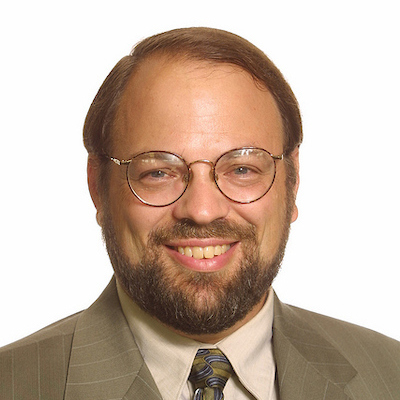This past January, I had the privilege of leading a group of eager and interesting young people through a critical analysis of two very different ways of thinking about mental illness in a First Year Seminar titled "Darwin, Drugs, and the Divine: Scientific and Religious Approaches to Mental Health." These two ways of thinking about mental illness are summed up nicely by psychiatrist Elio Frattaroli in his book "Healing the Soul in the Age of the Brain." When faced with a person struggling emotionally, Frattaroli says we can ask one of two questions: either "What is wrong with this person?" or "What happened to this person?"
When we ask "What's wrong?" we are thinking squarely within the boundaries of what Frattaroli calls The Medical Model of mental illness. The Medical Model is the current reigning paradigm that drives the majority of mental illness treatment as it is practiced in America. The Medical Model is based on the assumption that mental illnesses are primarily biological disorders caused by chemical imbalances in the brain. A person who is anxious or depressed has something physically wrong with them that must be corrected. And the best way to correct a chemical imbalance is to alter that imbalance with the use of medication. Thus, mental illness is treated in much the same way as physical illness.
But Frattaroli suggests we can approach the issue of mental illness differently by asking "What happened?" instead of "What's wrong?" This model assumes that anxiety and depression are responses to life experiences. In fact, Frattaroli would argue that anxiety and depression could be understood as a healthy response to an unhealthy situation. Treatment then would consist of trying to help a person understand what it is in their life situation that is making them anxious or depressed—to find the meaning and message of their symptoms so they can make positive life changes in order to relieve the emotional distress. This could be called a psychodynamic model.
These two ways of viewing mental illness could not be more different. One views mental illness as an unhealthy disease state needing to be cured. The other as the healthy response of a self-correcting psyche. Which approach is the right one? People will disagree, but Frattaroli sides primarily with the latter, as would I. These two models of mental illness are deeply rooted in fundamental philosophical perspectives, the Medical Model being deeply rooted in the materialistic premise that subjective conscious experience is the side effect of neurochemical processes occurring in a material brain. If our subjective experience is disturbed in some way, it must be caused by some type of physical disturbance in the brain. This materialistic view dominates today in fields like neuroscience, psychiatry and evolutionary psychology.
In the psychodynamic model, subjective conscious experience is treated as having its own reality not entirely reducible to underlying physical processes. Conscious awareness, which by definition is immaterial, is treated as a real feature of the universe, thus challenging the hegemony of materialist philosophy. In a religious sense, conscious awareness might be viewed as a manifestation of an immaterial soul.
While people will continue to debate these fundamental philosophical premises, it is important to realize that the common perception that science has proven the truth of materialist philosophy is unfounded. Materialism is a philosophical premise, not an empirical fact. And if so, the Medical Model of mental illness could be based on a faulty paradigm, a situation that has the potential to do great harm to large numbers of people.
We know now that there is no scientific evidence supporting the chemical imbalance theory of mental illness. Depressed people do not have lower levels of serotonin in their brains than non-depressed people. This is a myth perpetuated by a psychiatric industry trying to establish itself as a legitimate medical specialty along with a pharmaceutical industry trying to increase profits through the sale of psychotropic drugs. The modern psycho-pharmaceutical revolution was initiated in 1988 with the marketing of Prozac, but rates of depression and anxiety have only increased over the last 30 years despite the fact that anti-depressants are among the most widely prescribed drugs in America. Even clinical trials show that anti-depressants fail to outperform placebos in many instances. Fortunately, people like Robert Whitaker with books like Anatomy of an Epidemic and Psychiatry under the Influence are pulling back the veil on this tragic societal myth.
With rates of anxiety and depression at near epidemic levels on college campuses, it may be time to stop focusing so much on what is wrong with these young people and begin to ask what has happened to them. What aspects of modern life are driving them to anxiety and depression and how could these be changed? As my colleague Tabita Green argues so eloquently in her book "Her Lost Year," why don't we begin to focus on mental illness prevention, not solely on intervention? If we truly care about the emotional suffering of our children and young adults, we need to listen to the messages encoded in their pain and resist the temptation to simply medicate it away.
There is nothing inherently wrong with the emotionally suffering students who populate our college campuses. But there is much that is wrong with the society in which they are forced to live. Let us not become so enamored with a materialistic approach to the world that we fail to pay attention to the spiritual cries of our children and youth.




